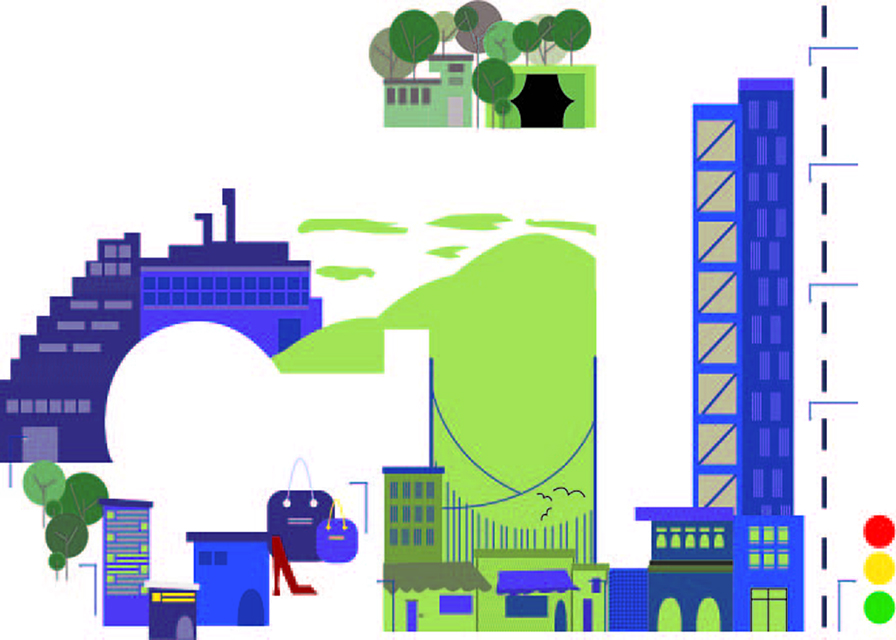[Tools & Resources]
President/CEO, Kent Schwendy, explains Integrated Communities
When CIL was founded in 1979, our name and our mission were focused on providing an alternative to mental health institutions, like Mansfield Training Center. The original goal of the Corporation for Independent Living was to reintegrate people back into communities and provide them with the opportunity to reach their full potential and live in an environment of their choosing. That mission is still a core part of our corporate DNA.
In the decades since that mission was articulated and our name was chosen by the service provider agencies that created CIL, “independent living” has taken on a vernacular meaning of housing for senior citizens, which is not a focus of our organization. We’ve also learned a few things over the years that have led us to more often talk about “integrated” living when describing our goals.
We’ve built hundreds of community residences (often called group homes) for people with disabilities. These homes are dispersed among other homes and although they sometimes require some special features to accommodate our clients, we try hard to make them look as similar as possible to the surrounding homes. This is the beginning of providing an integrated living experience. The next step is to make it a “home,” not just a house. The care provider agencies with whom we partner are expert in this. However, we quickly found that living in a home, at a particular address, does not fully make you part of that community.
In order to be truly integrated into a community, you need to have access to services and connections beyond the walls of your home. You need to have places to go and things to do. You should be able to live where you want, but you should also be able to play, to work, and to learn. You need to interact with other members of your community. Ironically, to be fully “independent” in the sense we originally intended, you need access to people and neighbors.
CIL is a real estate company, so the way we can help is to make sure that those opportunities exist within communities by providing appropriate spaces. We can’t make a community, but we can develop buildings in ways that encourage people to form communities.
In a truly integrated community, everyone is not just allowed to be there, but rather they feel truly welcome to be there. That includes people of different abilities, people of different races, people with different economic situations, people of different ages, and people with different beliefs. This is the way villages used to work. It doesn’t mean that everyone is the same and lives in exactly the same type of home. It means that a variety of different homes are available so everyone has an appropriate choice, if they want to be part of the community.
The many mill towns of New England are fantastic examples of how this used to work. The mill owners lived in the same community with the workers and all the other professions and services they needed. They shared stores, places of worship, schools, and entertainment opportunities. Young and old lived in the same community, sometimes moving from one home to another as their circumstances and needs changed, but always being part of the community.
It sounds like it should be simple to recreate that today, but it isn’t. Many municipalities prohibit mixing unit types and ownership models, and in doing so create separation, stratification, and cohort groups, rather than integrated communities. Movements like the Congress for the New Urbanism promote walkable, livable communities modeled on the village and city centers of the past, but with some adaptations for modern amenities – like cars. Frustratingly, many of the old places people love to visit and live in can’t be built today because of strict zoning ordinances that separate uses in new development.
CIL continues to learn and evolve. As we do, we will remain focused on helping people to reach their full potential and to have the opportunity to live where they choose. We’re proud to partner with communities who share this goal, and when necessary, we work to educate those who don’t yet understand. After all, our tag line is “Where Visions Are Built,” but it’s important that it’s not our vision we’re trying to build. We want to understand the vision of each unique community and help them to achieve their full potential.











